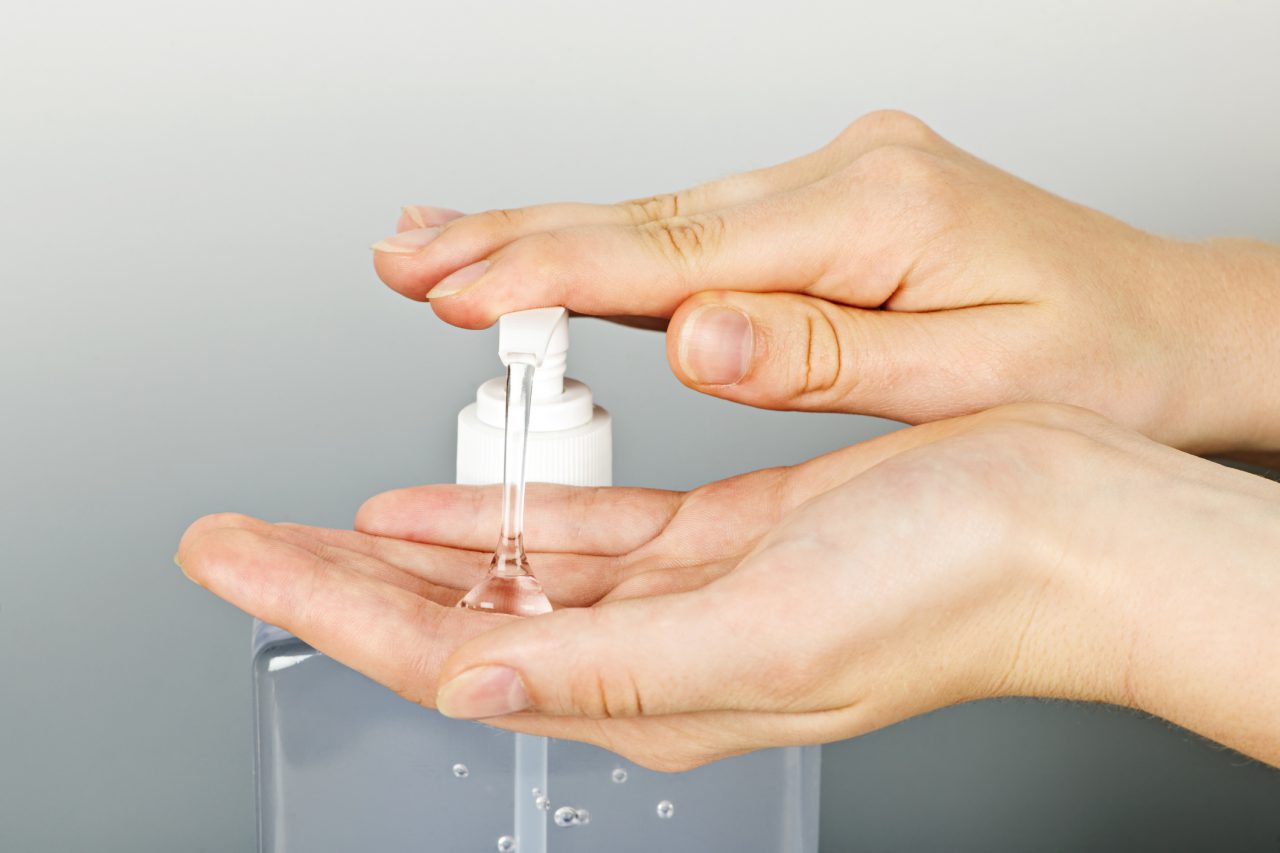In our last two columns, we discussed gastroenteritis. In this column, we'll go over hand sanitizers to fight germs that cause stomach infections.
Before we go further, we have to define germs. Germs are microbes that cause disease. Microbes are microscopic organisms that are everywhere. Some microbes cause disease. Others are essential for health. Most microbes belong to one of four major groups: bacteria, viruses, fungi or protozoa.
Among the most common germs are noroviruses. These give you gastroenteritis, mistakenly called stomach flu. Gastroenteritis is an inflammation of the stomach and intestines; it is not related to flu, a respiratory illness caused by influenza virus.
Norovirus (the common term for the infection) is highly contagious and spreads swiftly wherever there are crowds of people — nursing homes, dormitories, hotels and cruise ships. Usually they are found in contaminated food or drinks, but they also live on surfaces. They can be spread through contact with an infected person.
How can you protect yourself from getting norovirus?
The Centers for Disease Control and Prevention (CDC) says the best defenses against norovirus are washing your hands with soap and water often, avoiding handshakes during outbreaks and using alcohol-based hand sanitizers.
However, there is much more to know about hand sanitizers, which come in gels, foams, wipes and sprays. While the active ingredient in most of these products is alcohol, others use triclosan and benzalkonium chloride.
The level of alcohol in most sanitizers is 62 to 65 percent. It is effective against most bacteria, fungi and many viruses. Alcohol dries the skin, irritates sores and doesn't protect against new germs that infect the hands.
Triclosan comes in a concentration of about 0.1 percent. It kills bacteria but not viruses. Triclosan is usually non-drying and won't sting. It provides some short-term protection from new germ exposure when it dries.
Benzalkonium chloride (BAC) and its close relative benzethonium chloride are synthetic germicides. BAC is a newer active ingredient in hand sanitizers. It is part of a group known as Quats, which have been used for about 70 years in thousands of products such as Lysol, Bactine and Wet Ones. BAC is at 0.1 percent in hand sanitizers. It is a full spectrum germ killer and seems to provide short-term protection against more germ exposure.
So, which kind of hand sanitizer should you use to avoid norovirus? There's a body of evidence that alcohol sanitizers are not very effective against norovirus, but that hand sanitizers with BAC provide protection against the bug.
The recommended application method is the same for all hand sanitizers. Put some on, and rub it over all areas of your hands. Use enough so that it stays wet on your hands for at least 15 seconds for maximum effect.









